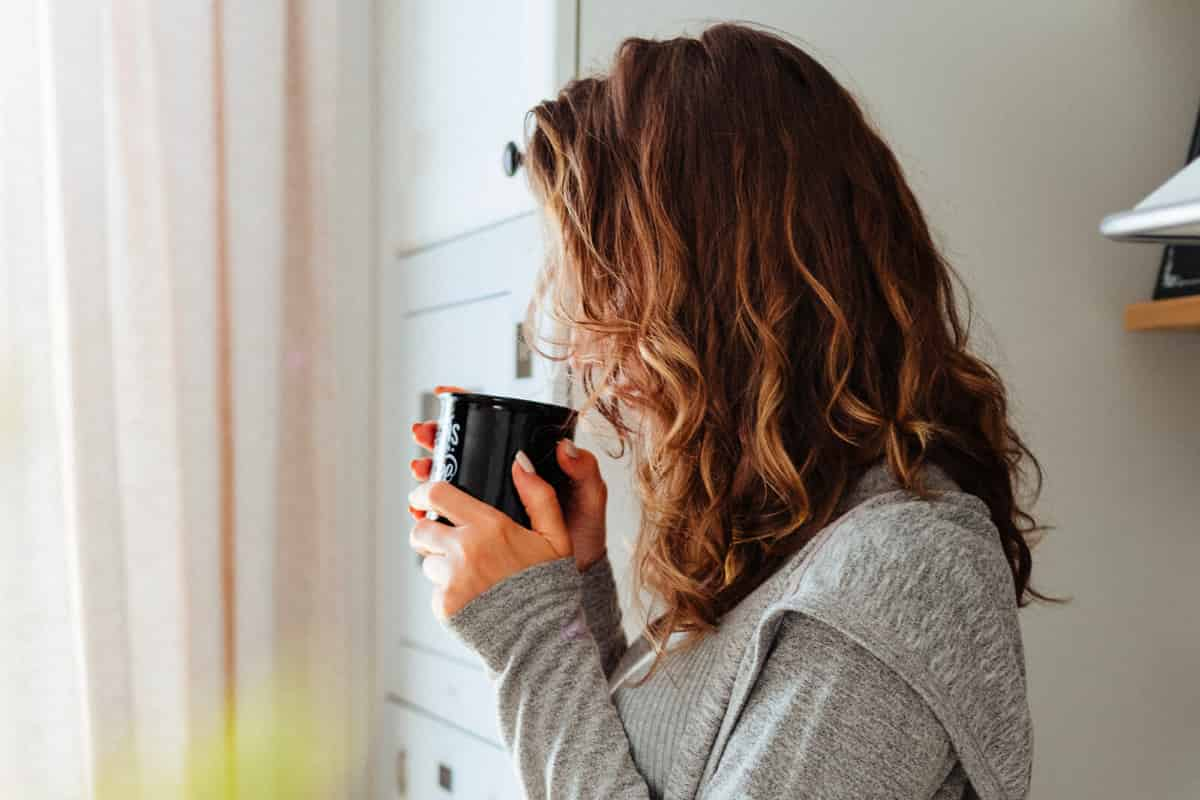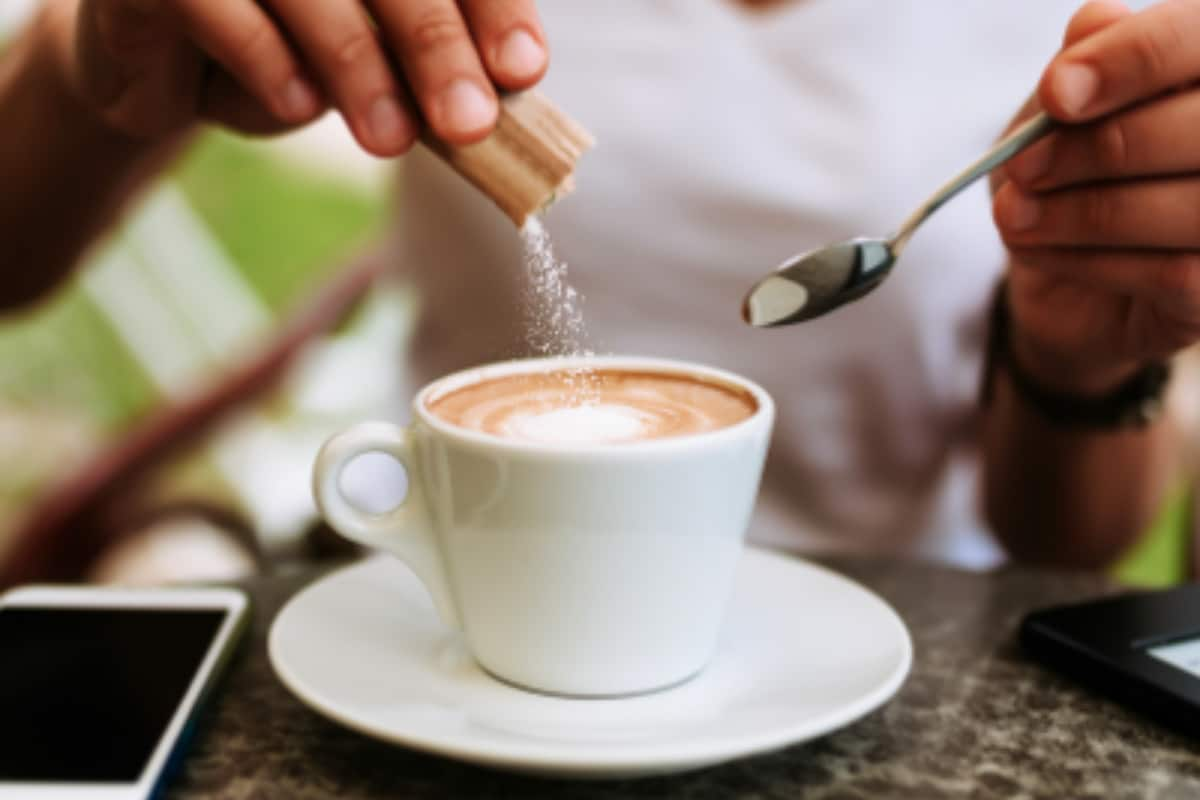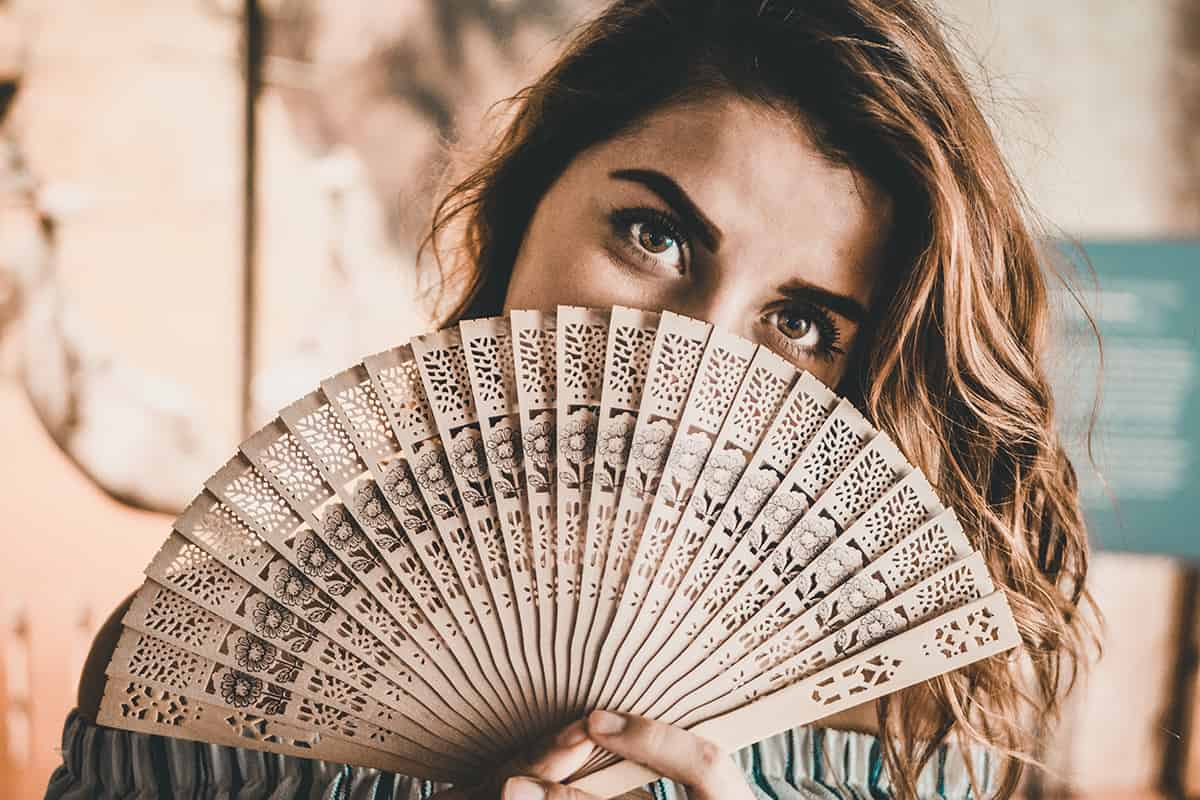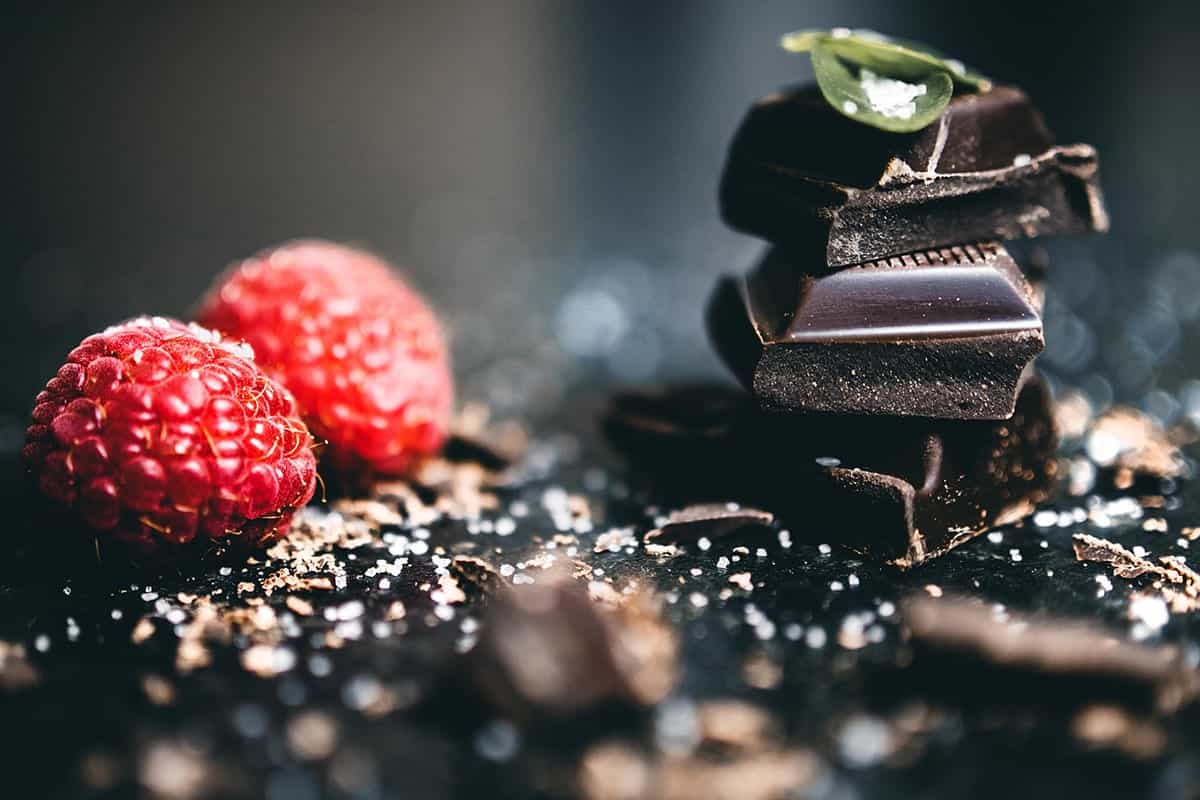Caffeine and Hot Flashes

Everything from temperature changes, stress, spicy foods, smoking and alcohol can trigger hot flashes. Sadly for coffee lovers, caffeine is also a common hot flash trigger.
The Caffeine-Hot Flash Link
Consuming caffeine, whether from soft drinks, tea, or coffee, is directly related to your hot flash frequency. Caffeine causes vasoconstriction (narrowing of blood vessels). Vasoconstriction in turn raises your core body temperature.
Fluctuating and decreasing estrogen levels around menopause cause the temperature regulation mechanisms in the brain to become overly sensitive to changes in body temperature. When caffeine causes your body temperature to slightly rise, a hot flash can often result as your body enthusiastically reacts to try to cool you down.
Track Your Hot Flash Triggers
Knowledge is power. Understanding your hot flashes and triggers is an essential first step to reducing the frequency and intensity of your hot flashes. Use the Midday app’s easy hot flash tracking feature to log when a hot flash strikes, how severe it is, and what may have triggered it. Just tap the yellow (+) button on the navigation bar to get started.
Over time, you’ll be able to see patterns emerge. You can see if you tend to have hot flashes more at certain times of day, and, even more importantly, you’ll see what your biggest triggers are.
Tips for Winding Down Your Caffeine Consumption
If caffeine is one of your triggers, you don’t have to give it up cold turkey. You may benefit from reducing but not eliminating caffeine. You may find that your morning cup of coffee feels fine, but your afternoon tea tends to lead to a hot flash.
If you’re a regular caffeine drinker, your brain gets used to having it at regular intervals. While it’s not technically an addiction, people can feel “withdrawal” when they stop consuming as much caffeine.
Instead of stopping cold turkey and battling caffeine withdrawal, try gradually reducing your intake.
- If you have multiple cups of coffee in one sitting, alternate between regular and decaf. If you have one cup at a time, multiple times per day, swap out only one cup with decaf at a time.
- Switch to a lower-caffeine version of what you currently drink—for example, green tea instead of black tea.
- Instead of soda, try flavored seltzers or mineral water for a bubbly beverage.
- Look at food for other sources of caffeine that you can reduce. Chocolate, energy drinks, pre-workout powders, and even some medications can contain caffeine.
- Drink more water. It might not help with your caffeine withdrawal, but it can help you feel more energetic.
Sign up for more unique women’s health content
By submitting this form, you agree to the Lisa Health Privacy Policy and Terms of Use


